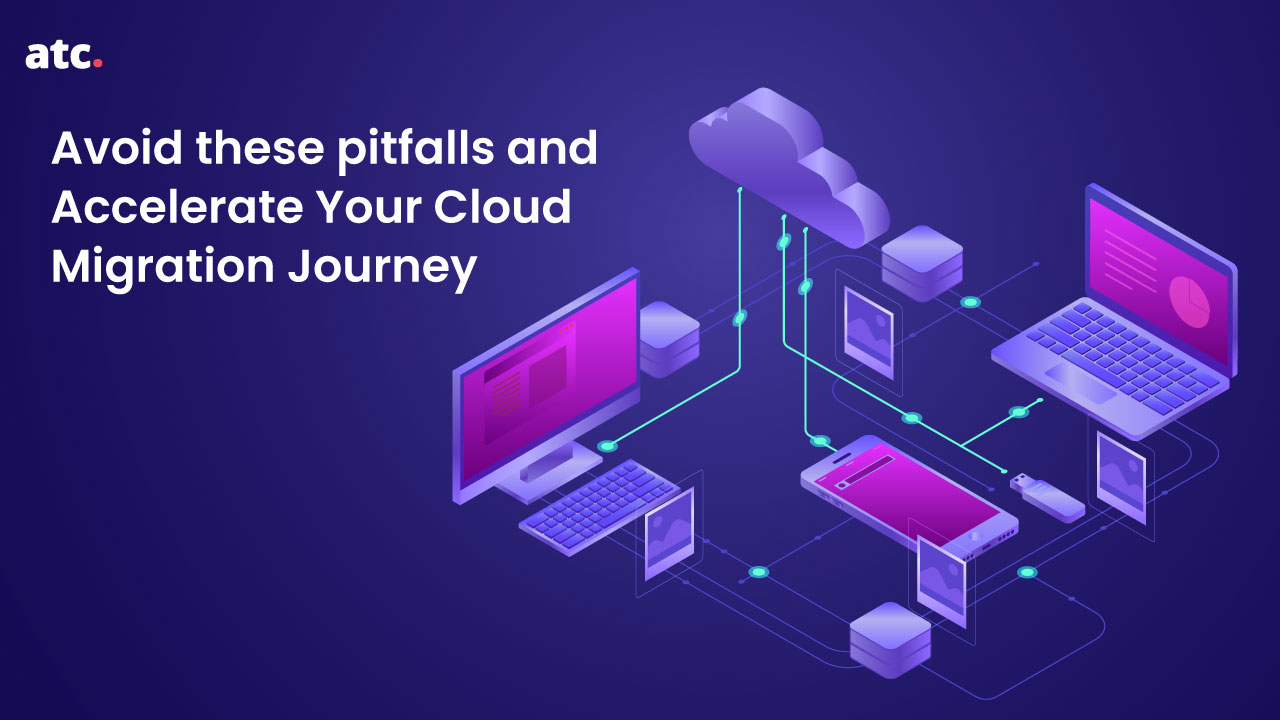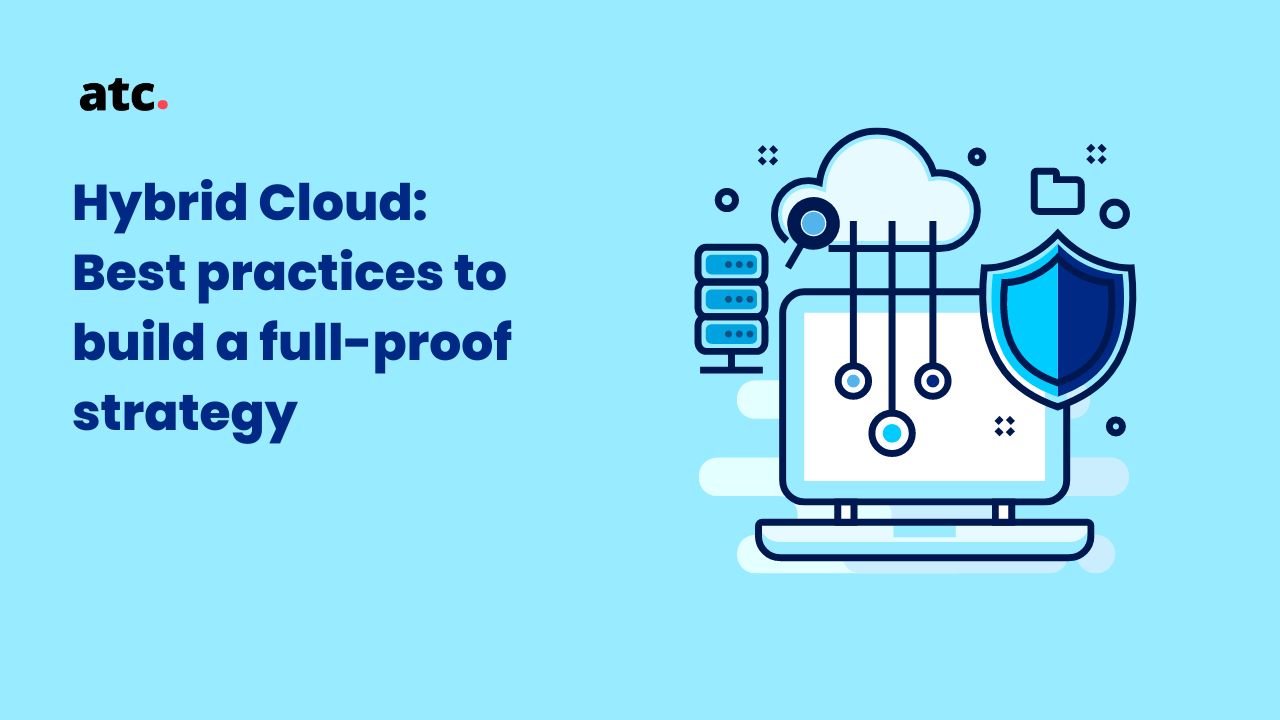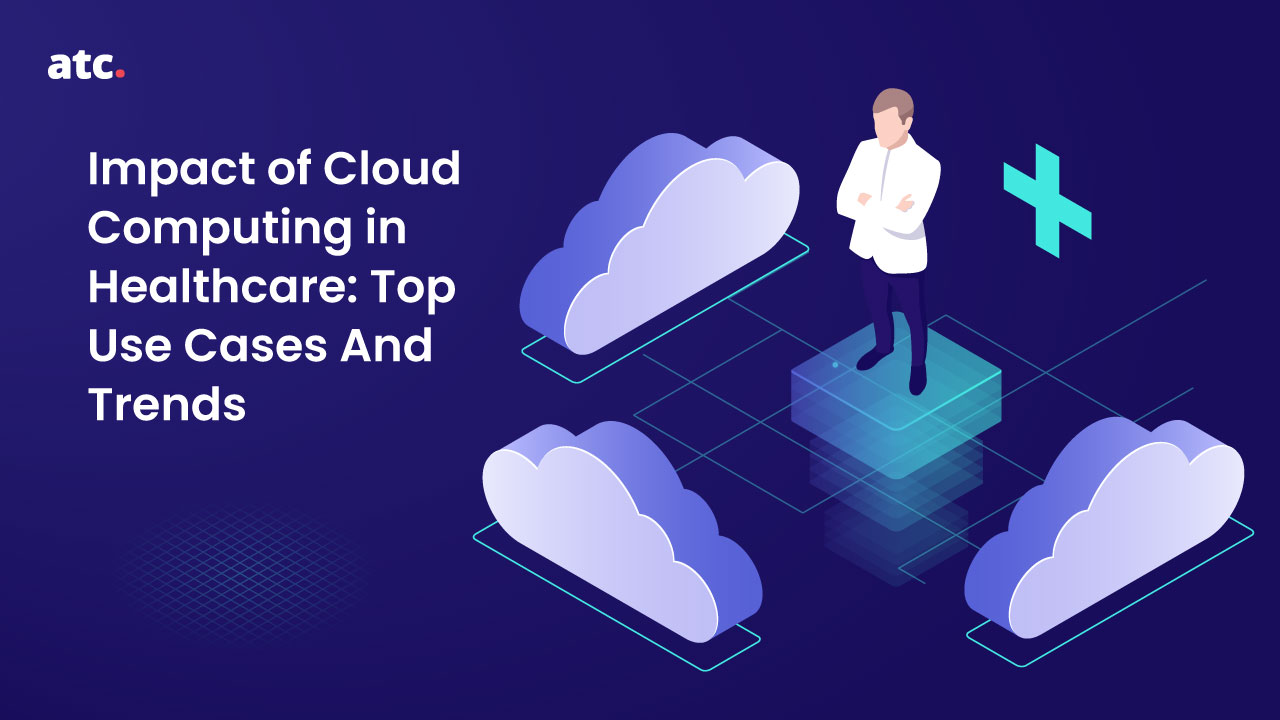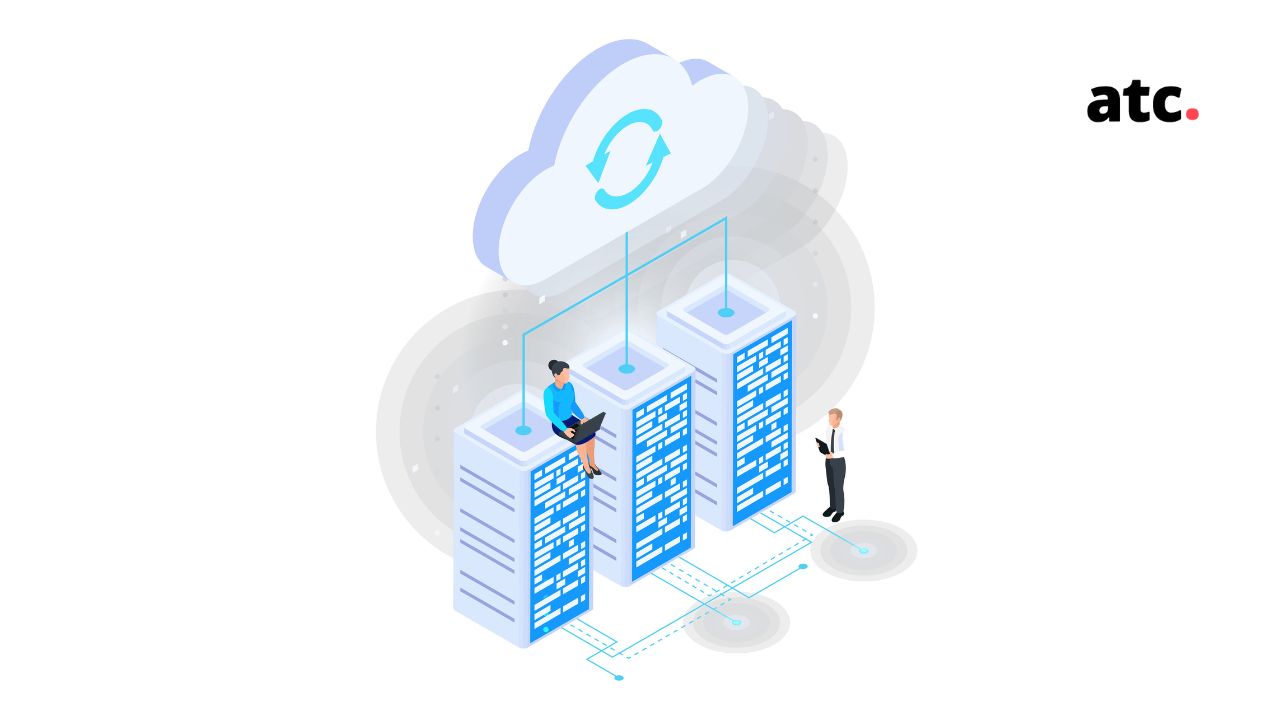Subscribe to the blog
Cloud transformation is on every business leader’s agenda. And for a good reason. It provides organizations with advanced capabilities that help them overcome competition and become resilient. But many organizations overlook a significant aspect of cloud adoption—migration.
Research by Mckinsey shows that cloud spend is increasing by at least 20 to 30% each year, and companies can cut these costs by having a solid cloud migration strategy.
Whether you are planning to adopt a hybrid or public cloud, this guide will help you analyze top cloud migration challenges, metrics, and industry practices to ensure that you lower costs and also position the business to grow more quickly. But before that, let’s understand the basics.
What is Cloud Migration?
For companies, who want to move away from inefficient legacy systems, cloud migration provides access to scalable resources, improved security, and greater flexibility.
In a nutshell, it is a process that involves moving data, applications, and other business assets from a company's on-premises IT infrastructure to a cloud computing environment. Cloud migration success depends a lot on how you create the roadmap. It requires a solid strategy to bridge the gap between expectation and reality.
P.S. If you want to know more about cloud transformation and understand how top players are succeeding, here’s a guide with interesting insights.
Top 3 Challenges in Cloud Migration That You May Encounter!
As businesses rush to move to the cloud, they may encounter the following challenges:
- Data Management and Security
Research shows that 65% of companies identified security and compliance risk as their biggest concern during cloud migration. And this is because sensitive data is transferred from one system to another, making it vulnerable to security threats. By understanding the key data management and security risks, you can resolve blind spots and ensure proper security compliance.
Here are the top security risks that most organizations are facing:
- API vulnerabilities: API plays a crucial role in cloud computing infrastructure communication as it allows different users and cloud components to interact and exchange data. Therefore, attackers could exploit the weaknesses of APIs for malicious intent.
- Non-compliance: Before migrating to the cloud, you must ensure that your cloud vendors comply with regulatory obligations. This ensures that the platform you are moving your data into is secure.
- Data loss: Most legacy systems do not have the cloud’s advanced capabilities like a disaster recovery system or an automated backup plan. So during the data transfer process, you should create a backup of data to avoid losing critical documents.
How Do Successful Companies Work?
To avoid security pitfalls, here are the top things successful companies do before starting the entire process:
- They perform a discovery and assessment test. It involves using automated tools to identify the potential platform’s data management and security vulnerabilities.
- They talk to their vendors about any security concerns they may have and get their questions answered.
- They have an understanding of everything that is in their legacy system and purge obsolete data to make data management easier.
- Successful companies create a data governance plan to ensure timely and accurate management of every risk and compliance activity.
- Adoption Resistance
Cloud migration success doesn’t depend entirely on technical aspects. Studies have shown that 55% of companies struggle with the complexity of business and organizational change that cloud adoption brings. And that’s why people and change management play a big part in it.
When you move to the cloud, you put time and money into it, so naturally, you want a solid ROI. But that won’t happen if your workforce doesn’t realize the platform’s benefit and use it optimally. Having proper people and change management practices will help you reduce downtime and leads to cost optimization.
How Do Successful Companies Work?
Most cloud migration success stories revolve around IT leaders ensuring that change happens incrementally and doesn’t instigate fear. Let’s understand the top practices that successful companies follow to make the transition of cloud migration more effective for their workforce.
- Upskill: Outperforming companies help existing employees upskill through training programs to motivate them and help them develop essential cloud skills.
- Conduct research: Asking employees how they feel about change and dispelling their fear is how most companies move forward.
- Make expectations clear: Instead of handing down instructions, successful companies take the time to communicate their expectations clearly. They explain the roadmap and the vision so that everyone is on the same page.
If you are keen to explore more about what is ‘Change Management’ and how exactly to implement it, you can read this guide here.
- High Cloud Costs
Although cloud budgets are increasing, with companies spending $78 Million on average, rising cloud migration costs are still a concern. Data shows that migration costs companies 14% more than their planned budget and causes delays of more than three months.
Here's a summary of the top costs you can incur during a typical cloud migration process:
- Bubble costs: Moving your current infrastructure to the cloud results in dual running costs. You end up paying for both the software and delays will only result in higher costs.
- Additional development: Apart from initial purchasing costs, you may want other services to ensure that the platform remains well-integrated with all connected technologies that are already in use.
- Change management: Surveys show that companies spend 45% of their budget on change management. But this can be controlled through thorough planning and risk assessment.
How Do Successful Companies Work?
Let’s review the top strategies of successful companies that help them control migration costs:
- Deciding the migration approach: Successful companies choose the right approach that helps them cut down bubble costs and equip their organization with the right capabilities.
- Get stakeholders involved: Successful companies ensure business leaders and data users across the organization receive clear communication and are aligned with the migration. It helps reduce change management costs.
- Integrate data security from the start: They anticipate what controls and privacy settings they will need in the future and integrate them from the initial phase to reduce miscellaneous costs.
Top Cloud Migration KPIs You Should Know!
Measuring cloud migration success is critical to identify improvement areas and understanding the overall impact. Here are the top cloud migration metrics you should consider!
- Time to migrate: Measures the duration of the migration process, from the initial planning stages to moving to the new cloud environment. If it took longer than anticipated, you must rethink your current strategy and identify areas that took more time.
- Data transfer rate: Calculates the speed at which data is transferred from the source environment to the target environment. If the transfer rate is slow, you should consider using automation tools or consulting experts.
- User satisfaction: Measures the level of satisfaction of end users with the migration process and the new cloud environment. This metric takes into account the overall user experience, including the time taken to perform each task, the ease of use, and the support.
- Business impact: This helps understand how the process impacted your agility and whether it helped you achieve your business goals. ROI is a common metric that businesses use to measure overall impact.
- Infrastructure performance: It considers errors, latency, number of time-outs, lag times, and network performance to help you understand the issues after migrating to another infrastructure.
Take the Time to Process Things!
The top cloud migration stories are ones where organizations took time to do proper planning. They didn’t rush and understood the nuances of the process in detail to accomplish their goals. A big mistake companies make is not treating cloud migration as a crucial mission-driven initiative. Like every mission-driven initiative, it must have a strong foundation driven by the involvement of every stakeholder and a full-proof strategy.
And if you need help, ATC can help you deal with the intricacies of the cloud migration process. Our data-driven approach toward cloud transformation has helped global organizations realize the full potential of the cloud and transform their organizational structure from better to best.
Prepare yourself for the next wave of cloud solutions with our industry experts! Start today by dropping your project detail here.




